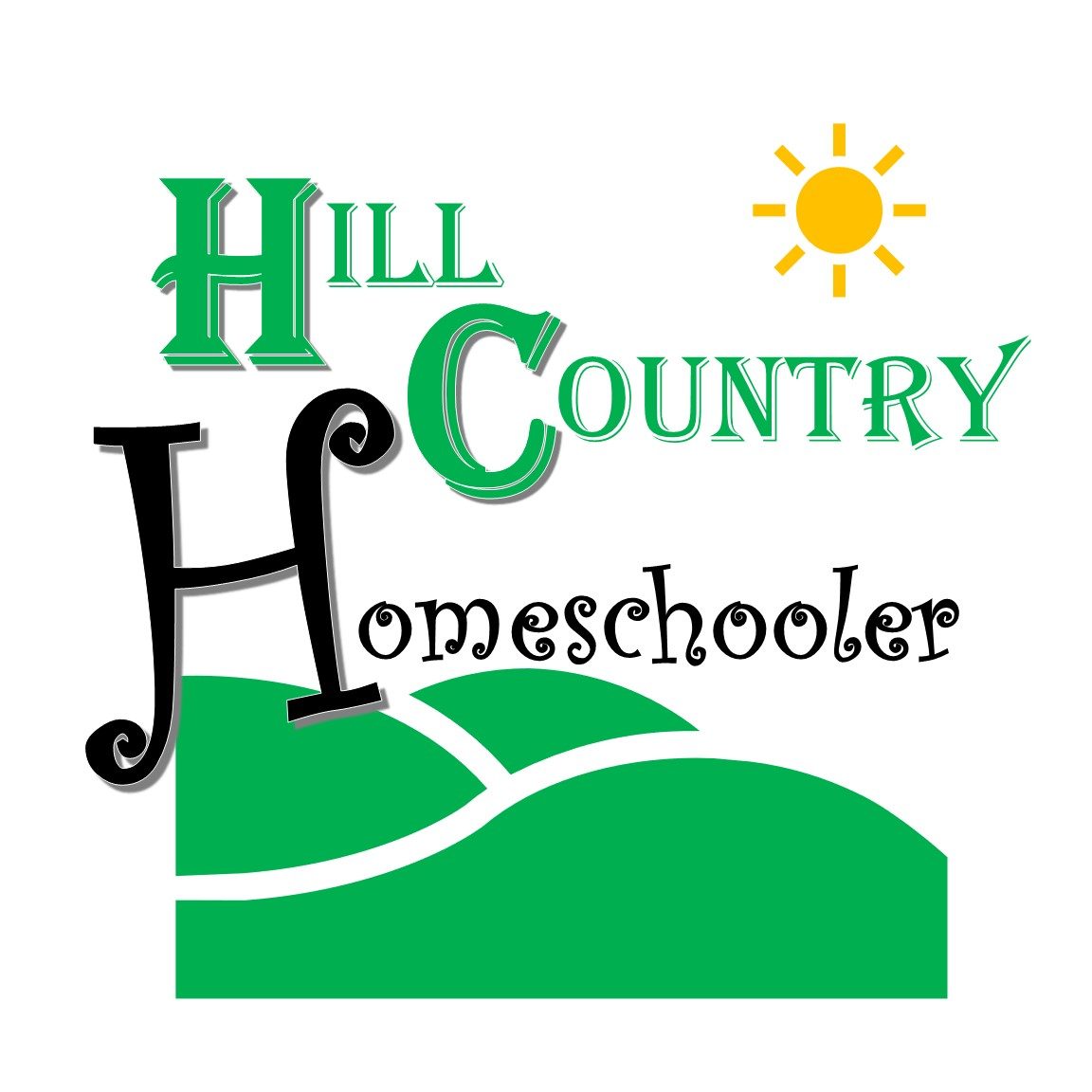(The included Amazon links are affiliate links. If you use the links to make a purchase, you help to support this blog. Thank you!)
Last summer, when I asked my kids what electives they would like, my youngest replied, “Art!” We had used the World’s Greatest Composer study from Confessions of a Homeschooler last year and enjoyed making the lapbooks while learning about each composer and their famous works. Using her World’s Greatest Artist Study this year was an easy choice.
The study includes lapbook materials to produce a fairly large lapbook from three file folders. For each of the 8 artists, a flip book of famous works, a large puzzle, and an artist information card is included. So far this year, we have studied Pablo Picasso, Vincent Van Gogh, Jackson Pollock, Claude Monet, Henri Matisse, and just rapped up our study on Georgia O’Keefe.
The study uses the Getting to Know the World’s Greatest Artists series by Mike Venezia. I usually pick up one or two books from our local library to go along with the study. Adapting the curriculum to fit our schedule of one lesson weekly for three weeks, we usually read a book about the artist, do one to two of the lapbook activities, and work on an art project inspired by that artist’s works or style. I purchased two books to keep at home for ideas for art projects to go along with each artist: “The Usborne Art Treasury” by Rosie Dickens and “Discovering Great Artists” by MaryAnn Kohl and Kim Solga.

For Georgia O’Keefe, I purchased the Mike Venezia book and found two others at the library: “My Name is Georgia” by Jeanette Winter and “Georgia in Hawaii” by Amy Novensky.

We only did two projects this time around, due to time constraints. First we made a paper collage of pansies, an idea from the Usborne book.
This week, I improvised by setting out watercolors supplies and a field guide on Texas Wildflowers, and I asked them to create a O’Keefe style painting of any Texas wild flower they wanted.
My middle child she did not want to use the medium I assigned, and went with chalk pastels instead. I guess she had a touch of Georgia’s independent spirit that we read about in “Georgia in Hawaii”. She was right to follow her instincts, and she produced the most beautiful picture I have ever seen her create. She asked if we could frame it. Yes, absolutely!

I think one of the reasons this has been such a fun elective for us is that the focus has not been on learning art techniques and the kids do not all have to do the same picture. We kept it open, flexible, and fun, focusing on the learning and being inspired by each artist.
A tip for artist study: although better quality art supplies produce better quality projects in general (“you get what you pay for”), I have made certain choices when it comes to our art supplies. I discovered that I tend to get upset when I invest money into art resources that then get used by the kids for their own projects rather than the school projects I have planned. In order to pick my battles (and save my sanity), I have resolved to buy larger quantities of basic supplies rather than limited quantities of specific, more expensive items. For example, we used plain ol’ construction paper for our collages instead of scrapbook paper and cardstock. I did use watercolor specific brushes and paper for the water color flowers, however they were basic craft store brands.
One more artist study tip: teach your children to always use a tray under their art projects and to clean up after themselves when done. This tip will not only keep you from going crazy cleaning up art messes every week, but it will save your furniture and floors. Our rules include using a tray under art and for setting brushes on, wiping up spills immediately, throwing away trash, and wiping off the table when done. Remember to praise kids every single time they remember to clean up their messes!




